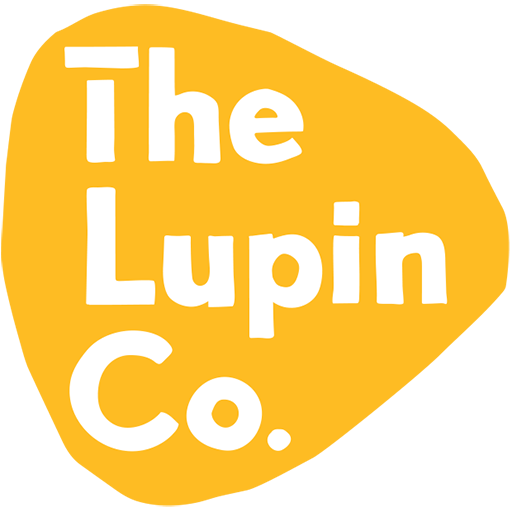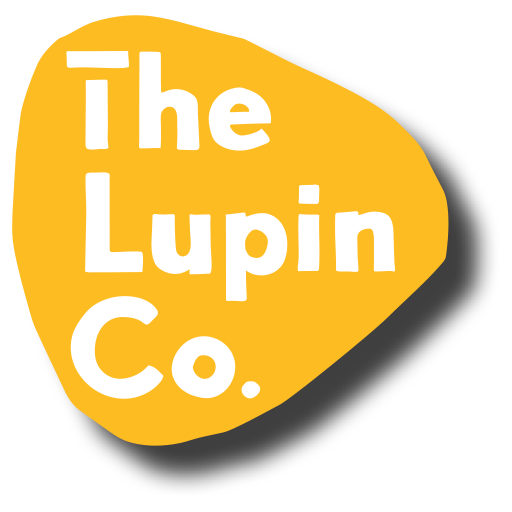Health
The Lupin Co – Dietary Fibre – Technical outline
Up until the latter 1970s, dietary fibres where classified as carbohydrate only because of the methods of analysis used, but since then the distinction has been made and the importance of Dietary Fibre appreciated.
The definition The Lupin Co uses for Dietary Fibre and Digestible Carbohydrates are those contained in the regulations of Food Standards Australia and New Zealand. They are also the definitions adopted by American Association of Cereal Chemists in 2001.
Dietary Fibre means that fraction of the edible parts of plants that are resistant to the digestion and absorption in the small intestine, usually with complete or partial fermentation in the large intestine. Dietary Fibre includes polysaccharides, oligosaccharides and lignin and promote beneficial physiological effects including laxation, and/or blood cholesterol attenuation.
Digestible Carbohydrates are the simple mono and disaccharides (sugars) and oligosaccharides (starches) that are broken down by small intestine enzymes for absorption.
The fact that Lupin contains such a high level of Dietary Fibre and low Digestible Carbohydrate is what makes it so unique in comparison with other legumes and pulses and makes it unique in its effect on cholesterol and blood glucose attenuation.
Extracted from The Office Of Gene Technology, The Biology of Lupin, April 2013 :-
It is so easy to incorporate TLC Lupin into your diet.
“…Lupin is typically low in Starch and most species contain less than 1.5% in the seeds. Therefore, the non-starch polysaccharides (NSP) constitute the major portion of the carbohydrate fraction of all lupin species, typically being about 40% (Glencross 2001).
Lupin seed hull (outer shell) and cotyledon contain different types of carbohydrates. The hull is predominantly composed of structural NSP : cellulose, hemi-cellulose and pectins. In contracts, the main NSP in the cotyledons are the non-structural polysaccharides of the cell walls, with the main constituents sugar being galactose, arabinose and uronic acids (Petterson 1998)…”
The table overleaf is published by Food Standards Australia, May 2015 :-


